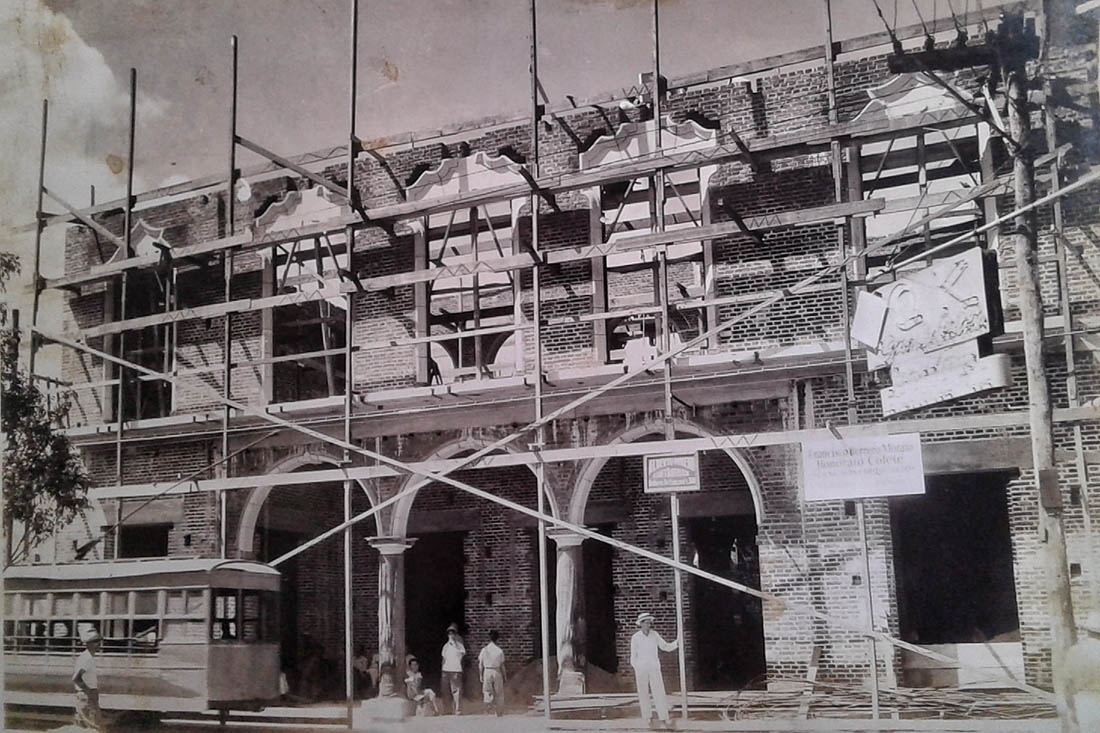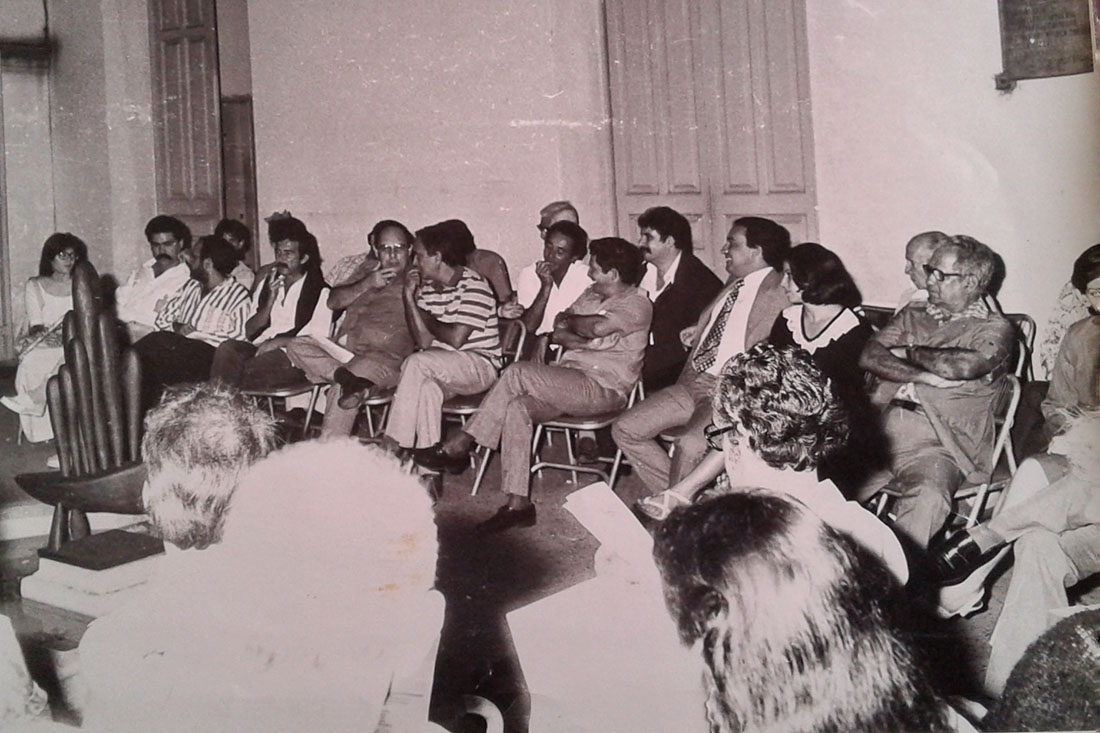When I passed through the solemn building of the Julio Antonio Mella Provincial Library in my childhood, I was always fascinated by the majesty of the staircase, lamps, the spacious rooms of the building and the imperceptible murmur of the users.
The background exposed by Juan Torres Lasquetti and Juárez Cano on the presence of a space similar to a public library in the city dates back to 1831, when sponsored by the Friends of the Country Economic Society, it was located in a cell of the Mercedarian Church an area for these purposes where the materials confiscated from the patriots from Puerto Principe also arrived.
There are data that indicate that the Círculo de Trabajadores in 1871, founded another public library, which survived in the 20th century due to the efforts of the center to maintain its functions and the donations of Cuban and foreign texts. Finally, on July 15th, 1902, “La Avellaneda” library was inaugurated.
Despite the fact that the city had places dedicated to library functions in the headquarters of instruction and recreation societies, museums and associations, the lack of one with public features in an installation of its own for these purposes constituted an urgent fact that became a reality with the birth of the Julio Antonio Mella Provincial Library on June 1st, 1963.
A valuable building
Located in one of the most important settings in the historic center of the city, it is one of the most attractive buildings in Camagüey. From the colony to the present, the architecture highlights the splendor of the former residence of Agustín Cisneros e Hidalgo, the first Marquis of Santa Lucía, and later of the headquarters of the educational and recreational societies La Filarmónica de Puerto Príncipe and the Lyceum.
Undoubtedly, the Philharmonic and then the Lyceum were places where artistic gatherings served to reveal local talent in the arts, letters and songs, as well as discussions of progressive projects in education, politics and culture, they encouraged anti-colonial thought in members of the Agramonte, Cisneros, Betancourt, Recio, Luaces, Varona, Agüeros families, among others.
Among the most significant events that took place there, the tribute to the writer Gertrudis Gómez de Avellaneda in 1860 stands out. During the independence struggles between 1868 and 1895, it closed its doors when many of its members left for the insurgent camps, an opportunity taken advantage of by the colonialist authorities to establish in that place the Spanish Casino.
During the first half of the 20th century, the Lyceum progressively recovered its magnificence, especially with the modifications to its façade and interior undertaken at the end of the 1940s. It became one of the most important venues in the city for recreational activities of the Camagüeyan elite.

How does the building become the Julio Antonio Mella Provincial Library? The answer would mark the cultural history of the province. Occupied in 1959 as the headquarters of the Patricio Lumumba Social Worker Circle, then the Provincial Coordination of Culture was installed there, in the exchange of Commander Ernesto Guevara on October 10th, 1960 with the writer and cultural coordinator Luis Suardíaz, he proposed to him that the Provincial Library of Camagüey would be located there.
Subsequently, they simultaneously make changes for its new use, and the bibliographic heritage is formed with funds from the Isabel Esperanza Betancourt Library – which had materials from its time attached to the Ignacio Agramonte Provincial Museum – also enriched by the contribution of the Provincial Government Library. Reynaldo León Llera with volumes donated in turn by his counterpart from the Círculo de Trabajadores.
Coincidentally, in the month of June, the Julio Antonio Mella Library dresses up, each first commemorating the anniversary of its foundation, while on the seventh, together with branch colleagues in the country, they celebrate the day of the librarian in honor of the birth of the bibliographer Antonio Bachiller y Morales.

And if you want, beyond doing essential readings for your homework, research or simply satisfy your curiosity about a topic, I invite you to attend the promotion of reading through workshops, activities characterized for different ages, extensions, etc. ., which carries out the library. Among them, the Meeting of Camagüeyan Writers that transcends the locality to give prestige to the city that is the Cradle of Cuban literature.
Translated by: Aileen Álvarez García






